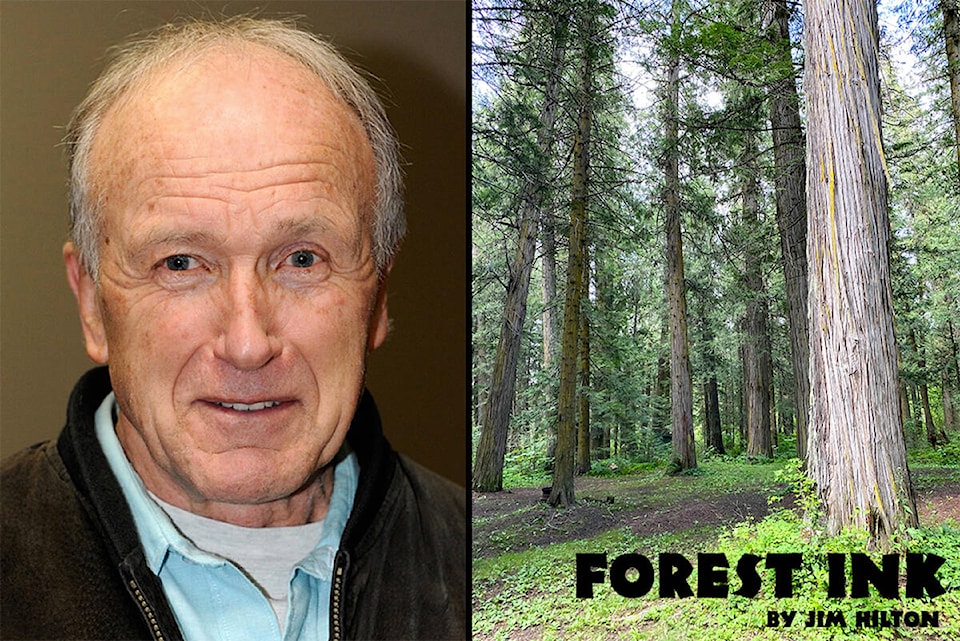With wildfires still burning across Canada and the record breaking fire still burning in northern B.C. the Forest Practices Board is calling for urgent action by the provincial government to reduce the risk of catastrophic wildfire and change how B.C.’s forests and landscapes are managed. The recent (June 29, 2023) 22-page report provides historical data and details on how we move forward. “Historically, fire played an important role in ecosystem functions in much of B.C. and was a key factor in maintaining landscape resilience. The twentieth century’s fire and forest management policies aimed to protect and conserve forests by emphasizing fire prevention and suppression and excluding Indigenous fire stewardship. These policies have resulted in an increase in densely forested areas on B.C.’s landscapes and an increase in the amount and distribution of forest fuels. Provincial government data indicates that 45 percent (39 million hectares) of public land in B.C. is at high or extreme threat of wildfire. The current approach to managing the risks of catastrophic wildfires is to focus on risk reduction and management activities near communities, leaving the broader landscape in a severely vulnerable state.” What is required is a broader landscape fire management approach (LFM) which is a holistic approach to addressing forest fuel build-up and improving landscape resilience. “LFM recognizes the role of fire in B.C. ecosystems and is consistent with historical and expected future fire regimes and the diversity of fire frequency, size, and severity. The goals of LFM include wildfire risk reduction to protect important values and, through time, restore resilience to the landscape on all public lands. The time remaining to restore this resilience is rapidly shrinking. LFM embraces ecologically appropriate fuel management tools, including managed wildfire, prescribed burning, creation of fuel breaks, and stand-level fuel treatments.” The report stresses the need to include all levels of government, First Nations, industry and public interest groups.
The report includes a graph of how broadcast burning has decreased and two pictures of the same area in 1934 and 2010 showing how forest management approaches have also influenced the pattern and distribution of forest fuels. A tendency for clearcut silviculture systems and reforestation to well-stocked, even-aged conifer plantations, the suppression of deciduous species, extensive salvage harvesting, and the elimination of post-harvest broadcast burning have all contributed to increased homogeneity of the landscape and continuity of forest fuels.
The patterns of forest succession and fuel conditions are what drive the patterns of future fire behaviour and severity. Large homogeneous patches of forest are more likely to lead to large and severe wildfires.
The action plan calls for six steps. 1. Foster public support. 2. Align legislation and policies. 3. Manage for shifting dynamics. 4. Develop funding models. 5. Achieve scale and 6. Building capacity and expertise.
“Climate change is increasing the likelihood of wildfire ignitions in all parts of B.C.
The BC Wildland Fire Management Strategy reported the wildfire season has been increasing by one to two days per year since 1980 and that climate models indicate by 2050, summers throughout the province will likely warm by an average of two to three degrees Celsius.
A recent study indicates summers in the northern hemisphere are projected to last about half of the year by 2100, reducing the length of winter and shoulder seasons in the process.”
Now is the time for action.
